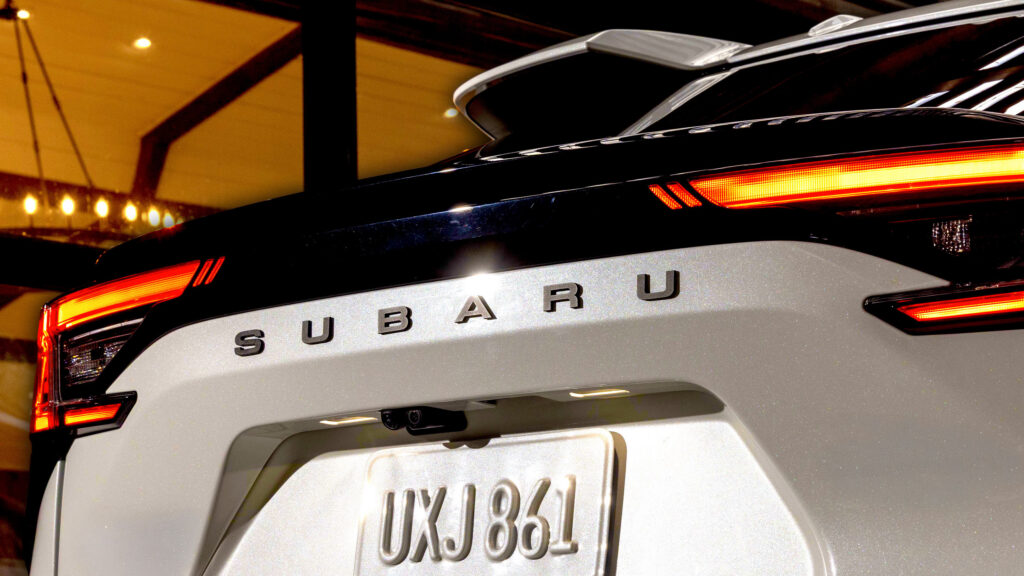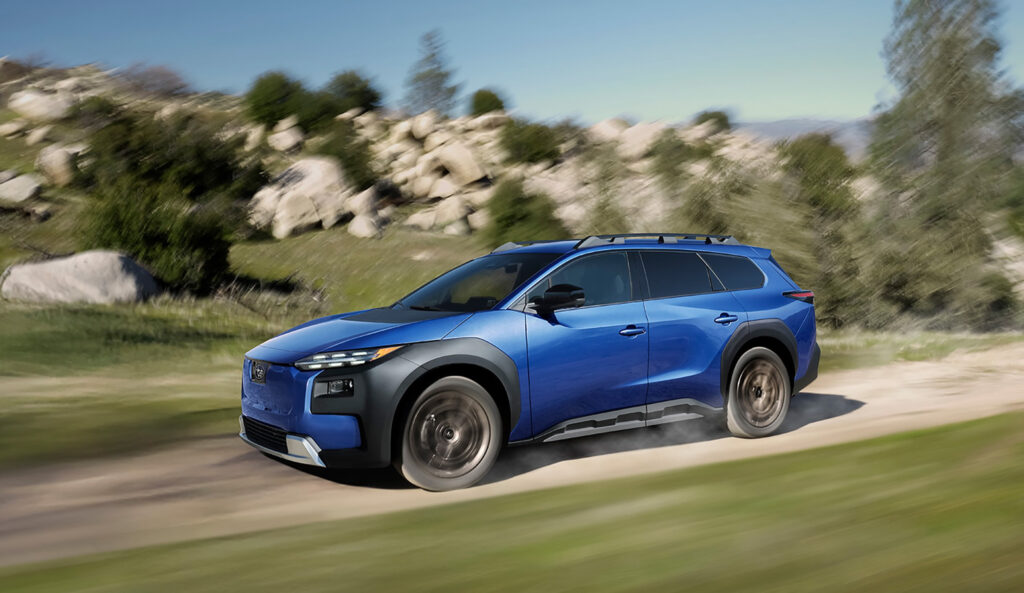Subaru’s Electric Dilemma

Subaru, a staple name on American roads, is currently facing a crossroads in its electrification journey. The company has been reevaluating its approach to electric vehicles (EVs), largely due to the uncertain landscape surrounding U.S. tariffs and tax credits. This shift hints at a broader concern about the slower-than-expected adoption of EVs, which has left Subaru contemplating whether to catch up with its more aggressive rivals in the EV space.
Reassessing Plans

In the U.S., Subaru currently offers only one electric vehicle, the revamped Solterra. Additionally, the brand has announced plans to add the Trailseeker, a model akin to the Outback, slated to be available by 2026. However, with the ever-changing dynamics of e-commerce and legislative regulations, Subaru is cautious about committing resources to a comprehensive EV lineup anytime soon. The company’s executives have openly expressed their hesitation to expand their all-electric portfolio without more clarity on the long-term effects of potential tariffs and the future of EV incentives.
The Tariff Question
With tariffs under former President Trump potentially adding hefty costs—estimated at $2.5 billion annually—Subaru must tread carefully. Although its Indiana plant handles a significant portion of production, only about half of its 700,000 annual car sales in the U.S. originate from there. The rest depend on imports. The tax consequence of these tariffs would strain operations, as pushing the current output capacity beyond 370,000 cars would require significant investment in the supplier chain. As a result, there is a strong consideration to manufacture models like the Trailseeker overseas—a move that could streamline costs.
Manufacturing Considerations
Looking at overseas production, Subaru initially intended to build a dedicated EV manufacturing plant. However, current trends suggest this facility might also accommodate hybrid and traditional combustion vehicles due to potential market demands and economic considerations. The new strategy underscores a pivot to a more flexible approach, accommodating a variety of powertrain technologies under one roof.
Driving Dynamics
Turning to the driving experience, the Subaru Solterra, refreshed for 2026, brings familiar vigor to the EV category. While it may not rival the immediate power of high-performance Tesla models, its handling is trademark Subaru—confidence-inspiring and responsive. Compared to other EVs like the Nissan Ariya or Hyundai Kona Electric, the Solterra offers a smooth ride quality that Subaru enthusiasts will find familiar. Its practicality and AWD capability give it an edge in challenging weather or terrains.
As Subaru navigates these uncertain waters, the upcoming years will be critical. Whether they’ll manage to reconcile their conservative approach to electrification with accelerating industry trends remains to be seen. For now, Subaru is opting for a cautious path in a rapidly evolving automotive universe, always with an eye on its loyal consumer base—and the changing winds of policy and preference.
Nissan Juke Goes Electric
Bentley Azure Bliss
EQS SUV Drives Luxury
Tesla Lease Drama
Electric GTI Unveiled